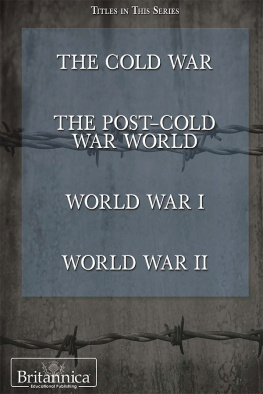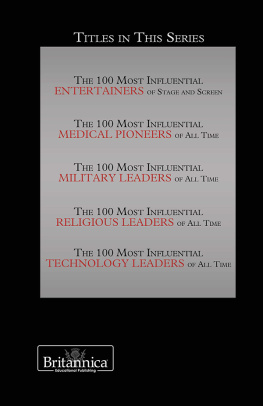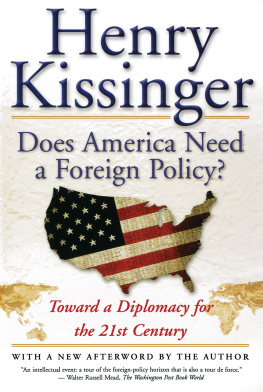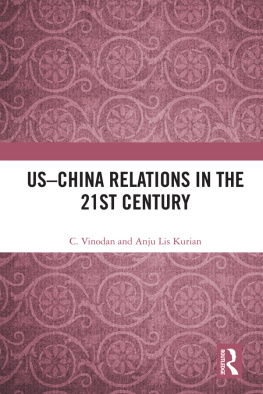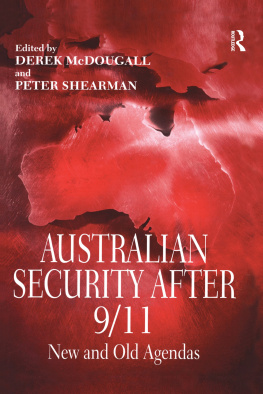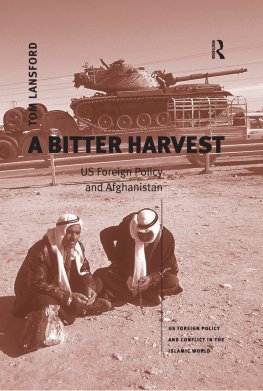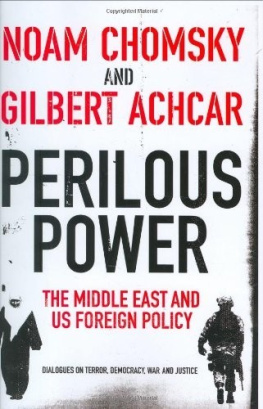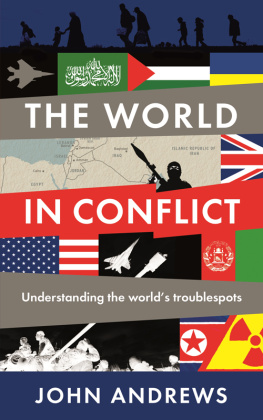THE POST-COLD WAR WORLD

Published in 2017 by Britannica Educational Publishing (a trademark of Encyclopdia Britannica, Inc.) in association with The Rosen Publishing Group, Inc.
29 East 21st Street, New York, NY 10010
Copyright 2017 by Encyclopdia Britannica, Inc. Britannica, Encyclopdia Britannica, and the Thistle logo are registered trademarks of Encyclopdia Britannica, Inc. All rights reserved.
Rosen Publishing materials copyright 2017 The Rosen Publishing Group, Inc. All rights reserved.
Distributed exclusively by Rosen Publishing.
To see additional Britannica Educational Publishing titles, go to rosenpublishing.com.
First Edition
Britannica Educational Publishing
J.E. Luebering: Director, Core Reference Group
Anthony L. Green: Editor, Comptons by Britannica
Rosen Publishing
Bailey Maxim: Editor
Nelson S: Art Director
Matt Cauli: Designer
Cindy Reiman: Photography Manager
Bruce Donnola: Photo Researcher
Introduction by Bailey Maxim
Library of Congress Cataloging-in-Publication Data
Names: Maxim, Bailey, editor.
Title: The post-Cold War world / edited by Bailey Maxim.
Description: New York : Britannica Educational Publishing in association with Rosen Educational Services, 2017. | Series: A political and diplomatic history of the modern world | Includes bibliographical references and index.
Identifiers: LCCN 2016003421 | ISBN 9781680483499 (eBook)
Subjects: LCSH: World politics1989 | History, Modern1989 | International relations.
Classification: LCC D860 .P658 2017 | DDC 909.83dc23
LC record available at http://lccn.loc.gov/2016003421
CONTENTS
CHAPTER 1
THE FIRST PERSIAN GULF WAR
CHAPTER 2
U.S. INTERVENTION AROUND THE GLOBE IN THE 1990S
CHAPTER 3
COMMUNIST AND POSTCOMMUNIST STATES AFTER THE COLD WAR
CHAPTER 4
WESTERN POLITICAL AND ECONOMIC AGREEMENTS
CHAPTER 5
TERRORISM AND U.S. WARS IN IRAQ AND AFGHANISTAN
CHAPTER 6
THE MIDDLE EAST IN THE 21ST CENTURY
In the early 1990s, the end of the Cold War signaled a shift in international relations not seen since the surrender of Nazi Germany and imperial Japan in 1945. The decades since the end of World War II had been dominated by the rivalry between the United States and the Soviet Union, as well as marked by proxy conflicts around the world that often pitted communists against capitalist and democratic interests. But in the span of just a few years, the Communist bloc in eastern Europe declared independence, Germany became a united country again, and the Soviet Union itself broke into 15 separate states. All this indicated the need for a new world order, as U.S. President George H. W. Bush called it in his State of the Union address to Congress on January 29, 1991.
At the time, although the Soviet Union would not collapse until the end of the year, the world was facing its first postCold War crisis: Iraqs invasion and occupation of Kuwait. It can be described as such not only because it occurred after the collapse of the Iron Curtain in Europe and the dramatic moves toward EastWest dtente but also because of the characteristics of the crisis itself. The stakes in the Iraqi invasion of Kuwait did not place Soviet and Western interests in direct conflict. Rather than falling into competition over how to handle the crisis, the United States and Soviet Union appeared in full agreement. With regard to each of the United Nations (UN) Security Council resolutions on Iraq throughout the course of 1990, both the United Nations and Soviet Union had voted to condemn Iraqs actions in Kuwait.
Bush described in the State of the Union how the international community had come together to denounce Iraqi leader Saddam Husseins invasion:
What is at stake is more than one small country; it is a big idea: a new world order, where nations are drawn together in common cause to achieve the universal aspirations of mankindpeace and security, freedom, and the rule of law.
The community of nations has resolutely gathered to condemn and repel lawless aggression. Saddam Husseins unprovoked invasionviolated everything the community of nations holds dear. The world has said this aggression would not stand, and it will not stand. Together, we have resisted the trap of appeasement, cynicism, and isolation that gives temptation to tyrants. With few exceptions, the world now stands as one. The end of the cold war has been a victory for all humanity.
Bush hoped that the Persian Gulf conflict would inaugurate a new era in Soviet-Western cooperation, as well as demonstrate that the United Nations could be a genuine force for peace and justice. In the short term, Bushs vision was validated: After Saddam refused to evacuate Kuwait, UN coalition forces initiated a military offensive that defeated the Iraqi forces in barely one month. Bush declared a cease-fire in the Persian Gulf War on February 28, 1991.
However, subsequent international conflicts would not be so easily resolved. Throughout the 1990s, U.S. intervention in foreign conflicts meant not only military action but also occasionally efforts to rebuild war-torn nations. Bushs successor as president, Bill Clinton, attempted to formulate an ambitious foreign policy based on protecting human rights, but his efforts were often unsuccessful, such as in Somalia.
The UN also attempted to assert itself as an arbiter, with mixed results. Yugoslavia, a country that had been pieced together in the wake of World War I and was home to many ethnic groups, began to splinter. UN sanctions, peacekeepers, and a plan to split the region were ineffective. By 1995 a peace accord had been reached in the civil war involving Bosnia and Herzegovinas multiethnic population and the Yugoslav army, but not before approximately 100,000 people had been killed (many through ethnic cleansing) and some 2,000,000 forced to flee their homes. Other genocides or ethnic cleansings occurred in Rwanda in 1994, in the Darfur region of Sudan beginning in 2003, and elsewhere.
Progress seemed to be made in the Israel-Palestine conflict in 1993 when Yitzhak Rabin and Yasser Arafat agreed to the Oslo Accords. However, Rabins assassination in 1995 stalled the peace process, and most of the deadlines outlined in the accords were missed, while violence continued on both sides. In 2000 President Clintons final attempt to bring the Israelis and Palestinians together before he left office failed.
Meanwhile, the end of the Cold War left Russia by far the largest and most powerful of the former Soviet republics. Its first post-breakup president, Boris Yeltsin, prioritized good relations with the United States, but tensions remained. Russia was opposed to the eastward expansion of the North Atlantic Treaty Organization (NATO), though it did aim to strengthen its ties with the European Union (EU). Formed by the Maastricht Treaty, which was signed in 1992, the EU established an economic and monetary alliance between countries in Europe, although some, most notably the United Kingdom, opted out of the joint currency, the euro. Another organization that facilitated free trade around the world was the World Trade Organization (WTO), which began operations on January 1, 1995, and eventually included more than 160 countries.
On September 11, 2001, all previous assumptions about the postCold War world order were called into question when the United States became the target of an international attack for the first time since Pearl Harbor in December 1941. Terrorists from the Islamic militant group al-Qaeda hijacked four planes and flew two of them into the World Trade Center in New York City and another into the Pentagon. The fourth plane, assumed to be headed for either the White House or the U.S. Capitol, crashed in Pennsylvania when passengers overtook the hijackers. In response, NATO for the first time invoked its Article 5, which stated that an attack against one of the allied countries constituted an attack against all of them. Meanwhile, Britain joined the United States in launching an attack against the Taliban in Afghanistan. The Taliban was a conservative Islamic faction that had gained control of most of Afghanistan and was considered to be harbouring leaders of al-Qaeda. Within two months the Taliban had effectively been defeated, as its base city of Kandahar fell on December 6, 2001.

